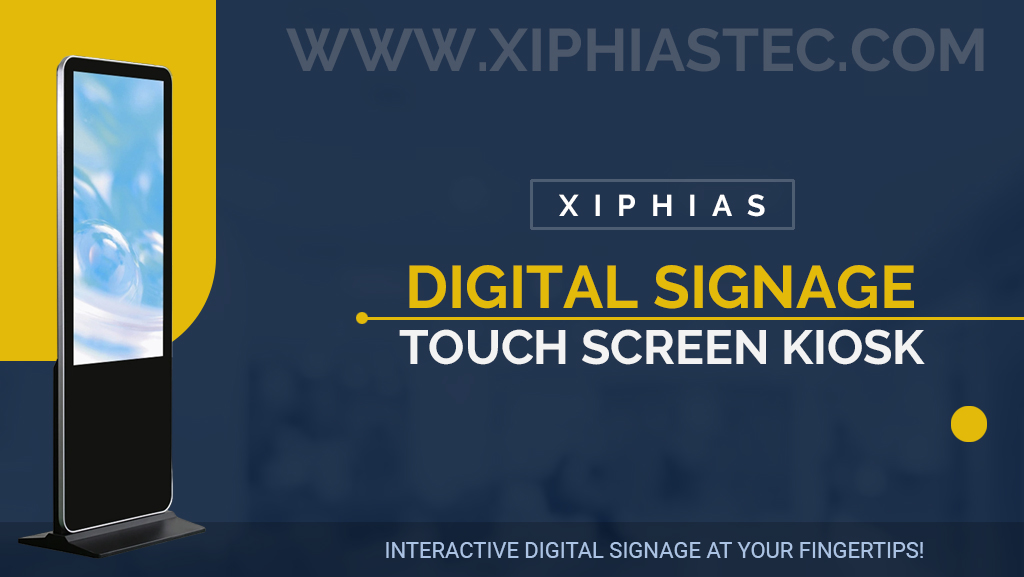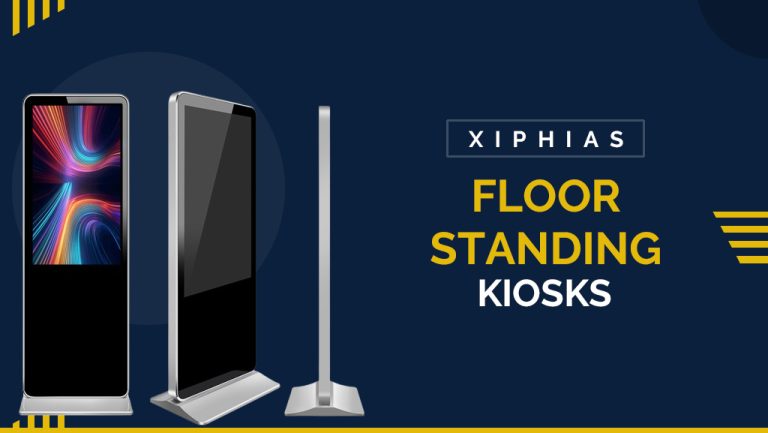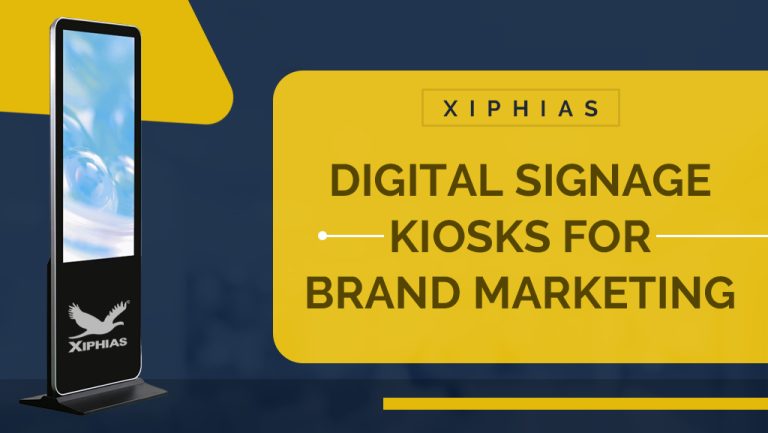The Power of Digital Signage Kiosks in Enhancing Hospital Wayfinding and Patient Education
Navigating a hospital can be daunting. Complex layouts and the pressure of time-sensitive medical issues often cause anxiety for patients and visitors. Traditional static signs can be confusing and hard to update, leaving many frustrated. Digital signage kiosks offer a dynamic solution, enhancing wayfinding and patient education, creating a better healthcare experience.
Real-Time Information for Efficient Navigation
Digital signage kiosks stand out with their ability to provide real-time information. Unlike traditional signs, digital kiosks can be updated instantly. This is crucial in a hospital setting where information frequently changes. From room numbers to doctor availability, up-to-date information is vital. Patients and visitors can access the latest information, reducing confusion and delays. This immediacy ensures that everyone gets to their destination promptly.
Interactive Maps and Directions
Interactive maps on digital signage kiosks significantly improve wayfinding. Users can input their destination and receive step-by-step directions. This personalized guidance helps reduce stress and time spent wandering. The touch-screen functionality allows users to zoom in and out, providing a detailed view of their route. This level of interactivity makes navigation more intuitive and user-friendly.
Language Accessibility
Hospitals serve diverse populations with varying language needs. Digital signage kiosks can offer multi-language support, ensuring everyone understands the information provided. Users can select their preferred language, making navigation and information access more inclusive. This feature helps bridge communication gaps, enhancing the overall patient and visitor experience.
Emergency Alerts and Important Announcements
In emergencies, clear communication is crucial. Digital signage kiosks can display urgent alerts and important announcements instantly. This capability helps ensure that everyone in the hospital is aware of critical information promptly. Whether it’s a fire drill, security alert, or important policy update, digital kiosks can convey messages swiftly and effectively.
Enhancing Patient Education
Beyond wayfinding, digital signage kiosks play a significant role in patient education. They can display educational content, such as videos and infographics, on various health topics. Patients can learn about their conditions, treatment options, and preventive measures while waiting. This continuous access to information empowers patients to make informed decisions about their health.
Reducing Perceived Wait Times
Long wait times can be frustrating for patients and visitors. Digital signage kiosks can alleviate this by providing engaging content. Hospitals can display health tips, news, and entertainment, making wait times feel shorter. This distraction not only reduces perceived wait times but also keeps patients and visitors informed and entertained.
Improving Staff Efficiency
Digital signage kiosks also benefit hospital staff by reducing the burden of repetitive inquiries. Patients and visitors can find information independently, allowing staff to focus on more critical tasks. This increased efficiency enhances overall hospital operations and improves patient satisfaction. Staff can spend more time on patient care rather than directing traffic.
Customizable Content for Specific Needs
Hospitals have unique needs that can change over time. Digital signage kiosks offer customizable content, allowing hospitals to tailor information to specific situations. Whether it’s promoting a new clinic, highlighting seasonal health tips, or guiding visitors during renovations, digital kiosks provide flexibility. This adaptability ensures that the content remains relevant and useful.
Data Collection and Analysis
Signage kiosks can collect valuable data on user interactions. Hospitals can analyze this data to understand common navigation challenges and information needs. This insight helps hospitals continuously improve their wayfinding and patient education strategies. By understanding user behavior, hospitals can make data-driven decisions to enhance the patient experience.
Promoting Health Services and Events
Hospitals often host health services and events that benefit the community. Digital kiosks can promote these activities, increasing awareness and participation. Information about vaccination drives, health fairs, and wellness programs can be displayed prominently. This promotion helps hospitals engage with their communities and improve public health outcomes.
Integrating with Other Technologies
Signage kiosks can integrate with other hospital technologies, creating a seamless information ecosystem. For instance, kiosks can sync with appointment scheduling systems, allowing patients to check in or view their appointment details. This integration enhances the convenience and efficiency of hospital services, providing a cohesive experience for patients and visitors.
Conclusion
Digital kiosks are transforming hospital wayfinding and patient education. Their ability to provide real-time, interactive, and customizable information makes them indispensable. By improving navigation, reducing anxiety, and enhancing patient education, these kiosks contribute to a better healthcare experience. Hospitals can leverage this technology to create a more efficient, informed, and satisfied patient population. As technology advances, the role of digital signage kiosks in healthcare will only continue to grow, offering new possibilities for enhancing hospital environments.






